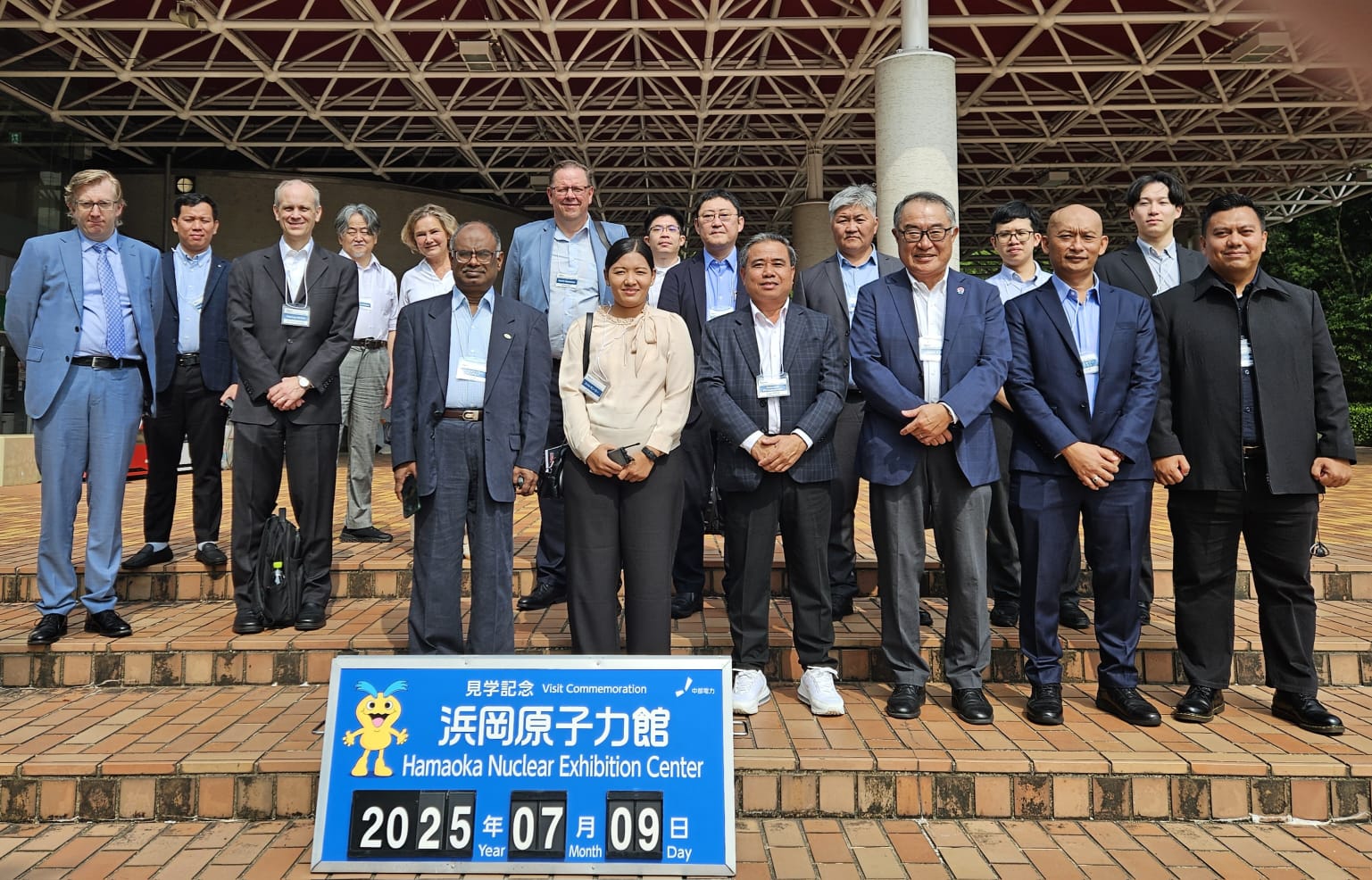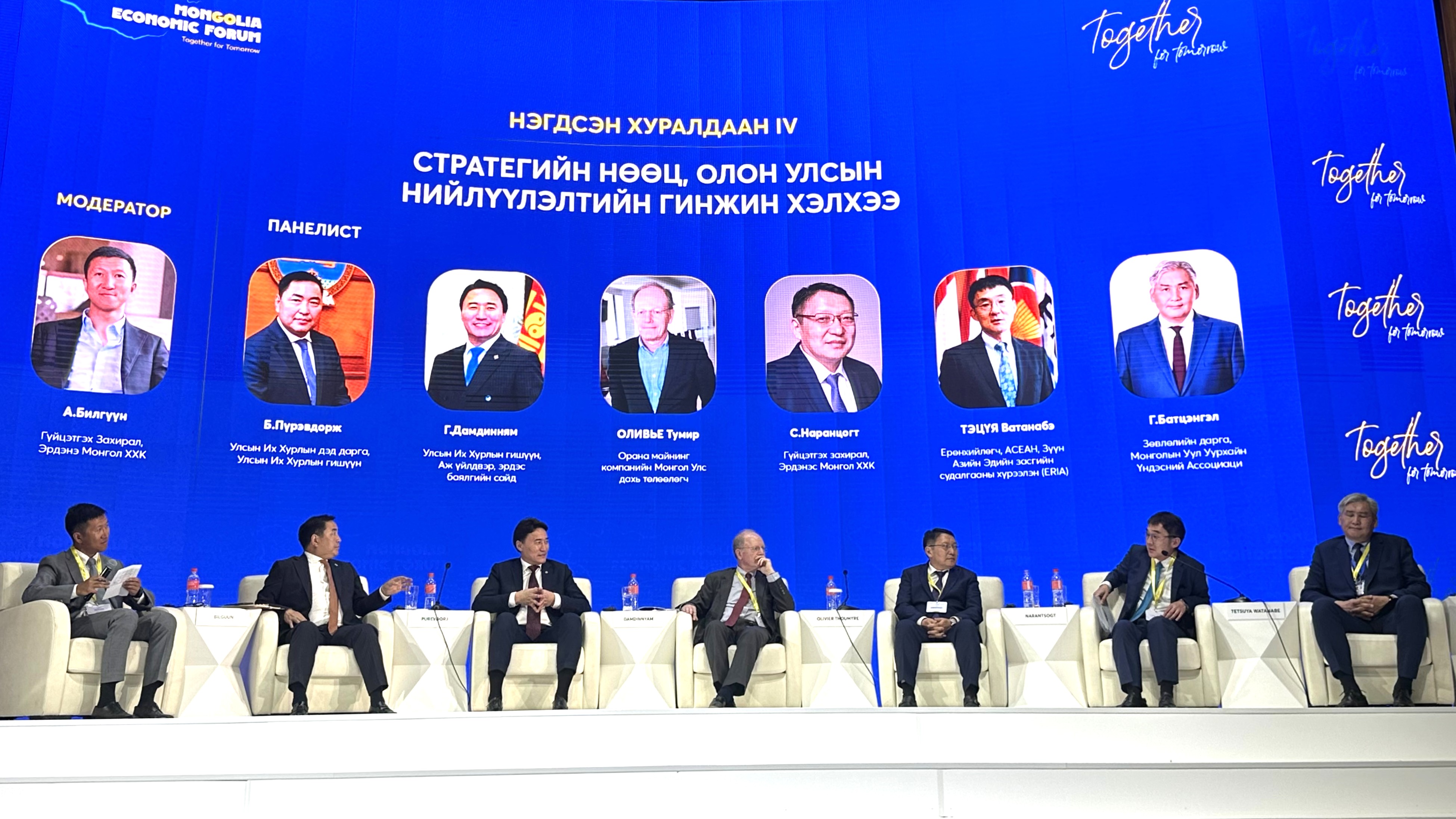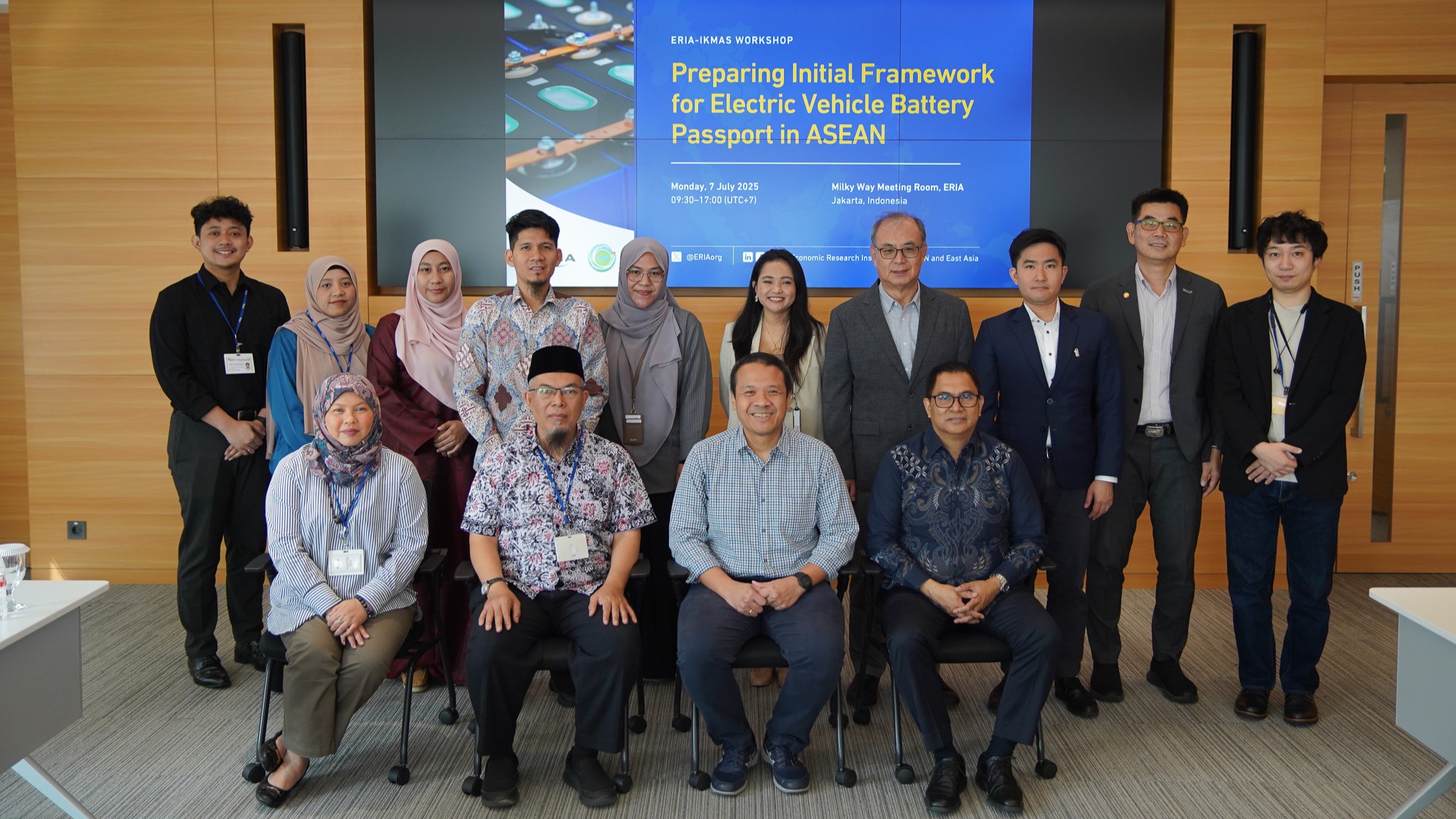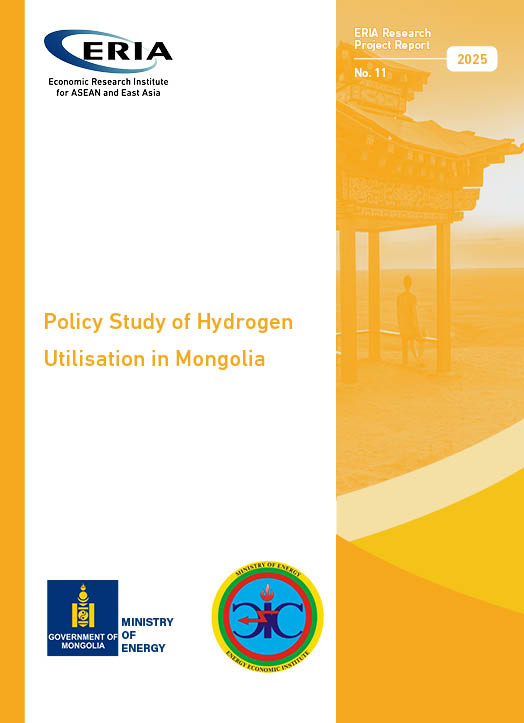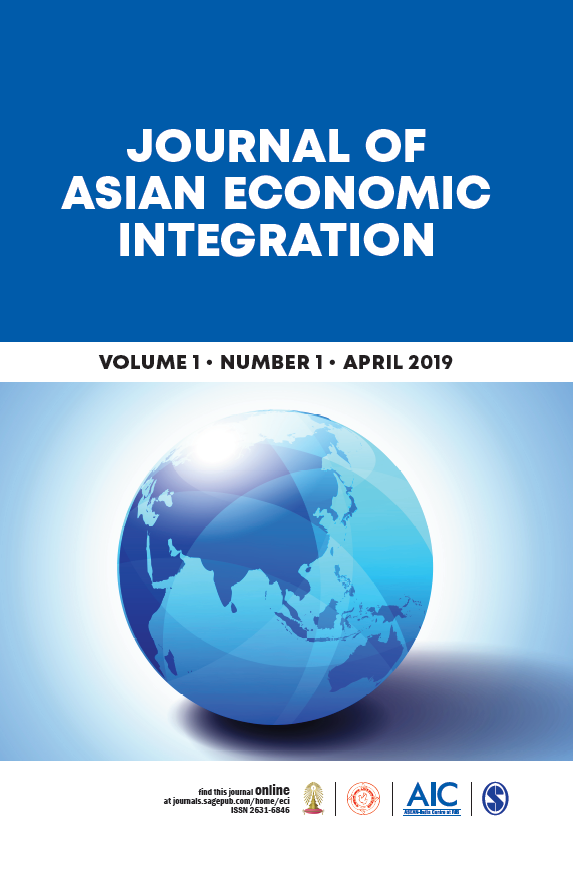COP26 and the End of Coal: ASEAN needs a plan
Date:
23 November 2021By:
Han PhouminShare Article:
Print Article:
By Dr Han Phoumin, Senior Energy Economist: Among the immediate results of COP26 in Glasgow is a strong commitment by at least 23 nations to phase out coal power. Most importantly, three countries in the Association of Southeast Asian Nations — Indonesia, Vietnam and Singapore — are among countries that joined this pledge. Historically, coal use in ASEAN is viewed as strategically important due to its competitive cost and available supply within the region.
Thus, transitioning away from coal is challenging for leaders to contemplate. However, the strong consensus at COP26 to dramatically decrease dependence on fossil fuels provides momentum for a more rapid energy transition in the region. Furthermore, world leaders announced a consensus to 'phase down unabated coal' use, and countries have set ambitious targets to reduce emissions to limit the temperature rise to well below 2 degrees Celsius, preferably to 1.5 degrees of temperature rise above the preindustrial level.
At COP26, despite some contradictions on the timeline for net zero emissions and other climate policies, they set forth a path to achieve the climate goals including phasing out coal, ending fossil fuel subsidies, putting a price on carbon, protecting vulnerable communities, and delivering the $100 billion climate finance commitment. If all these can be translated into real policy actions, it will have enormous impact on trade and employment opportunities.
Countries and regions that move quickly are positioned to benefit from favorable policies and incentives. As the saying goes, 'the early bird catches the worm.' ASEAN should strive to be an 'early bird.'
End of coal financing
Until now, Asian economies have benefited from the growth of coal-fired power plants due to financing from China, South Korea and Japan. However, surprisingly, these three developed countries of northeast Asia have turned away from coal and recently announced plans to end overseas coal financing. In addition, major banks and financial institutions also made landmark commitments at COP26 to stop funding coal around the world. COP26 partners, including Italy, Canada, the United States and Denmark, have also signed a UK-led joint statement committing to ending international public support for the unabated fossil fuel energy sector' by the end of 2022 and instead prioritizing support for the clean energy transition (UNFCCC, press release, Nov. 4, 2021).
It is very likely that the outcome of COP26 will influence national policies across the globe towards becoming low carbon societies to limit global warming to below 2 C. For example, Europe's Carbon Border Adjustment Mechanism (CBAM) on imported products will likely to be imposed on all products entering the region, including from Asia. This means that all future imports of products and services to Europe will be assessed by the life cycle assessment (LCA) method to evaluate their carbon impact. If the CBAM is implemented strictly, it will have huge implications for the future export of products and services produced in Asean countries where carbon intensity is still relatively high.
What will happen after COP26 in terms of policy changes? Also what does the energy transition towards net zero emissions mean for Asean? And how can the region handle the sudden elimination of coal financing from China, South Korea and Japan?
Undoubtedly, the race to net zero emission has begun, posing an extreme challenge for many countries that have high dependency on fossil fuels, especially for many developing countries around the world and Asean in particular. In the region of Asean and East Asia, Japan and South Korea have joined the pledge for net zero emissions by 2050, while China aims to achieve net zero emissions by 2060. Singapore has also announced ambitious plans for net zero emissions beyond 2050, and Thailand pledged for net zero emissions by 2065. Although many countries in Asean have yet to set any specific emissions targets, most are working hard to redesign their policies towards more sustainable cleaner energy systems.
The COP26 outcomes therefore pose a risk for Asean countries with high carbon intensity. These countries should envisage policy changes to offset the risk, including assessment of unintended consequences. One of the chief issues will be the impact on energy affordability. Will Asean leaders dare to guarantee energy affordability if fossil fuels and coal are reduced drastically? Will alternative energy be affordable? Who will finance the energy transition as many clean technologies remain expensive or technologies that are expected to abate emissions are yet to be commercialized or developed?
There is doubt that countries that are able to decarbonize not only help protect the environment, but also enhance opportunities for future economic growth as many policies will offer incentives to do so. However, it is important to understand changes in carbon competitiveness relative to countries or regions that may compete in the export market. This knowledge will be the starting point for considering necessary actions to strengthen the economic competitiveness of the Asean region even in the low-carbonized world of the future.
Carbon-offset mechanisms
Decarbonization will require policies for renewable energy, the deployment of clean energy such as hydrogen along with other carbon-offset mechanisms such as energy efficiency and carbon credits, and the deployment of carbon sink technology such CCUS. We know that Asean is rich in solar PV resources and hydropower. However only a few countries have offshore wind and geothermal resources. If the Asean electricity market gradually shifts to an integrated electricity market, hydropower resources from the Mekong subregion could function as the baseload power and complement solar and wind energy. In the absence of thermal power plants, the region needs to develop sufficient electrical battery storage as a backup during shortages of sunshine and wind power.
In providing the roadmap for decarbonization in the Asean region, ERIA research has found that the marginal CO2 abatement cost exceeds $900 per tonne of CO2 in net zero emission target by 2050, implying big economic challenges for carbon neutrality in this region.
Thus, ensuring success for energy transition, Asean needs to be bold and carefully craft the energy policy road map that can ensure growth, sustainability, accessibility and affordability. Rich countries should deliver on their COP 26 commitment for $100 billion a year to support the energy transition in less developed countries. And Asean countries should put those funds to work.
This opinion piece was written by ERIA's Senior Energy Economist, Dr Han Phoumin. It has been published in The Manila Times. Click here to subscribe to the monthly newsletter.
Disclaimer: The views expressed are purely those of the authors and may not in any circumstances be regarded as stating an official position of the Economic Research Institute for ASEAN and East Asia.




